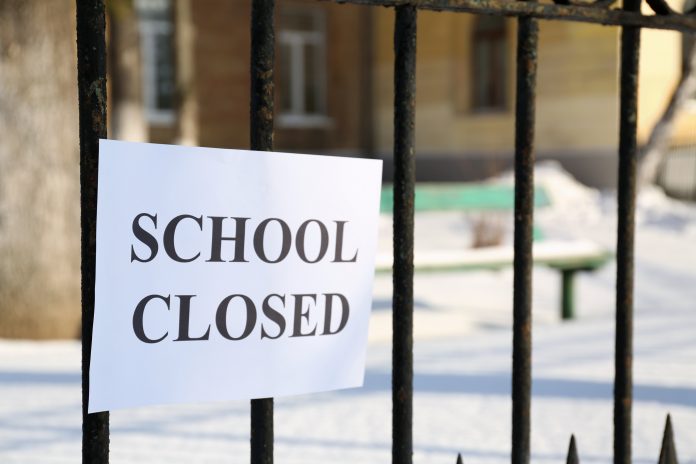The closure of schools was a necessary choice in the public health interest, however, Murray Morrison, founder of Tassomai, argues that there are grave consequences of a missed school term for the social mobility of a generation of children
A vital function of education is to drive social mobility and the measure of an education system’s success in its ability to help all children make academic progress regardless of their background. At present, children from poorer backgrounds tend to start reception an average of four months behind their less disadvantaged peers; at the other end of the system, more deprived children leaving year 11 at the end of the GCSE course are over 18 months behind.
Through the efforts of dedicated educators, researchers and policy-makers, this discrepancy, known as the attainment gap, has been slowly closing over recent years (though it slightly increased last year), and this positive trend has been tentatively attributed to programs such as the pupil premium designed to fund extra provision for certain groups of students in need, such as those on free school meals.
Student groups
When looking at any group of students – a school year, for example – they broadly fall into three groups. Not that we like to admit it, a small minority of students will, unfortunately, be almost immune to the efforts of their teachers. At the other end, there is a stratum of students who will achieve excellent results – again, regardless of their context. The vast majority, however, are students who stand to directly benefit from good teaching.
This may seem like stating the obvious but considering this main group and the effect of removing structured teaching reveals the danger we’ve created through prolonged schools’ closures. Within this group, there will be students with a range of backgrounds, a range of circumstances and of ability levels. Left to their own devices, some will have the wherewithal to continue academically while others will start to backslide. Which camp they fall into will be determined in large part by their own level of privilege or deprivation.
Pastoral care
What schools provide more than simple teaching and marking of work is a level of oversight and stewardship. Students are monitored academically and pastorally, and there is constant course correction meaning any student who is struggling will receive attention fairly quickly. When the schools closed, that detailed level of attention will have been almost annihilated.
Teachers have been at great pains to provide work assignments and adopt technological platforms that allow pupils to take lessons remotely, practise and submit work, but without teachers’ ability to meet these students regularly, we can be sure that many will be failing to manage the work set.
Disadvantaged students
Of the ten million children currently missing school, those with greater wealth, those whose parents have a higher level of education and/or flexibility in their own work, or with the educational cultural capital to prioritise continued study through the closure, those children will be better placed to keep pace with their work.
Those from less fortunate backgrounds, those without the space to work, those with parents unable to work part-time or from home, those who are themselves primary care-givers, or who rely on their schools for food and other support will be far more likely to find themselves falling behind.
Although this is a generalisation to which there will be numerous exceptions, so are the measures of progress and attainment gap themselves – it will be no surprise, when next they are measured, that these gaps will have significantly widened. Unfortunately, the most reliable means of measurement – national terminal exams – have also been cancelled, so the data to assess the damage may take a further year to materialise.
Neither, when schools resume, will the negative effects of closure start to reverse: as teachers and curriculum plans play catch-up, lessons will be necessarily compressed. The time lost to teaching will likely be felt most in the work of knowledge reinforcement – going back over lessons to make sure the knowledge has stuck. Again, students without strong academic support at home will be more affected by this than their more fortunate peers.
Schools returning will likely find many students far behind where they were in March; others will be on track – or even ahead – of where they would have been had the schools not closed at all. That may translate into two or three terms’ academic advantage. If schools choose to revise their setting and streaming next year, correlating these changes against socio-economic measures will make for grim reading.
So when the next report on the attainment gap is produced, we should brace ourselves for the possibility that disadvantaged students are no longer an average of 18 months behind their peers but closer to 2 years behind, and that widening of the gap may take a decade to redress.
Acknowledging the potential educational damage of this closure and measuring it at the earliest opportunity will be essential – only when we know the size of this problem will we be able to think seriously about mitigating for its effect. Potential changes to teaching and learning strategies, schools funding models, examinations, college and university applications will have to be considered urgently or we may risk causing lasting damage to the social mobility of a generation of young people.











